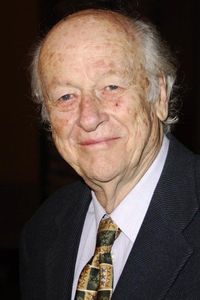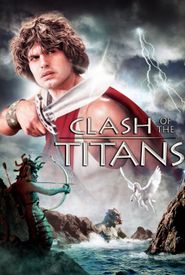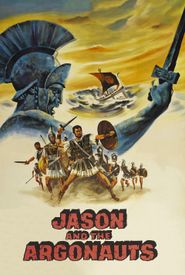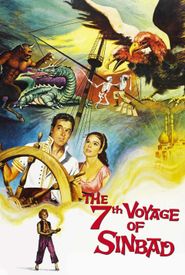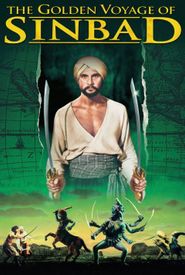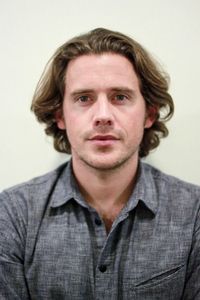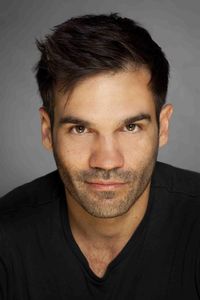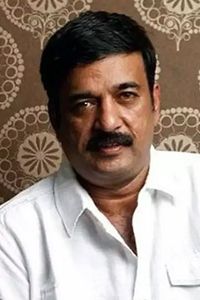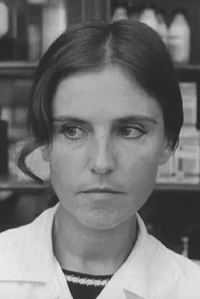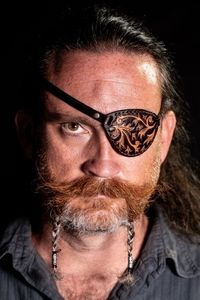Next person biography:
Ray Harryhausen was born in Los Angeles and is widely regarded as the master of motion-picture special effects. From his early days working with George Pal to his final film, Harryhausen brought magic and visual strength to the industry like no other technician before or since.
Early Life and Inspiration:
Harryhausen's life was forever changed when he saw King Kong (1933) at the age of 13. He became fascinated with the film's special effects work and began researching Willis H. O'Brien and stop-motion photography. He even made contact with O'Brien, showing him a short film he made, which led to O'Brien joking to his wife, "You realize you're encouraging my competition, don't you?"
Career:
Harryhausen's first film job came with George Pal, working on the Puppetoon shorts for Paramount. He also worked on training films during his time in the army, utilizing his animation skills. After World War II, Harryhausen acquired unused military film and made a series of Puppetoon-flavored fairy tale shorts, which helped him land a job with Willis H. O'Brien and Marcel Delgado on Mighty Joe Young (1949).
Breakthrough:
Harryhausen's real breakthrough came when he was hired to do the special effects for The Beast from 20,000 Fathoms (1953). The film's budget forced him to improvise and learn a technique called split-screen (rear projection on overlapping miniature screens) to insert dinosaurs and other fantastic beasts into real-world backgrounds. The result was a groundbreaking film that was one of the most influential sci-fi films of the 1950s.
Collaboration with Charles H. Schneer:
Harryhausen teamed with producer Charles H. Schneer, which became synonymous with top-notch special-effects work during their careers. Together, they worked on several sci-fi monster films, including The 7th Voyage of Sinbad (1958),which featured Harryhausen's mythological monsters interacting with Kathryn Grant and Torin Thatcher.
Stop-Motion Animation:
Because Harryhausen worked alone on his stop-motion animation sequences, the filming process could often take as long as two years. The most famous example of this is the skeleton sword fight sequence in Jason and the Argonauts (1963),which took Harryhausen over a year to complete.
Later Years:
The 1960s were Harryhausen's best years, with highlights including his reunions with dinosaurs in Hammer Films' One Million Years B.C. (1966) and The Valley of Gwangi (1969). Although his pace slowed in the 1970s, he produced three of his masterworks during that period: The Golden Voyage of Sinbad (1973); Sinbad and the Eye of the Tiger (1977); and Clash of the Titans (1981). Harryhausen finally achieved film immortality with an honorary Oscar in 1992, a long-overdue tribute to the one name that personifies visual magic.
